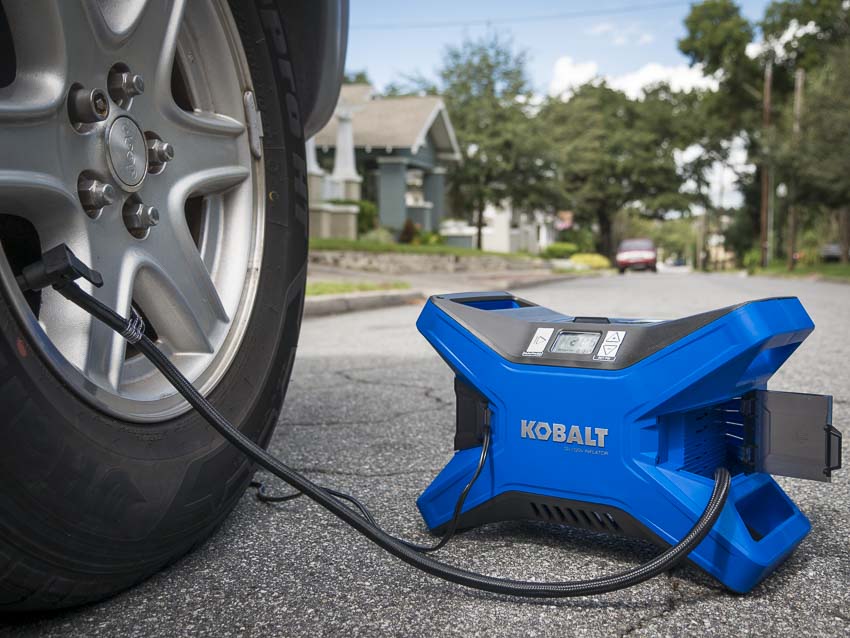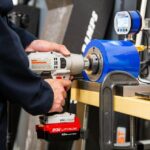In today’s automotive accessory market, the demand for efficient and reliable tire inflators has witnessed a notable surge. This trend is underscored by a recent market analysis highlighting a growing consumer preference for 120-volt tire inflators.
These devices are celebrated for their convenience, efficiency, and the ability to meet the varied needs of motorists. In 2023, the automotive aftermarket accessory sector, which includes tire inflators, was valued at approximately $287 billion, with projections indicating a steady growth trajectory. This growth is partly fueled by the increased awareness among vehicle owners of the importance of maintaining tire pressure for safety, fuel efficiency, and longevity of the tires.
Classification and Working Principle
120-volt tire inflators are broadly categorized based on their design, functionality, and intended use. The primary classifications include:
- Portable Inflators: Compact and lightweight, these are designed for ease of use and storage in a vehicle for emergency roadside inflation.
- Stationary Inflators: Typically more robust, offering higher power and faster inflation times, suited for garage or workshop settings.
The working principle of a 120-volt tire inflator involves converting electrical energy from a standard household outlet into mechanical energy to drive air into a tire. The core components include an electric motor, compression chamber, and a hose with a nozzle that attaches to the tire’s valve stem.
When activated, the motor powers the compressor, which intakes air, compresses it, and then forces it out through the hose into the tire, inflating it to the desired pressure.

Operation Precautions
To ensure safety and extend the lifespan of a 120-volt tire inflator, users should adhere to the following precautions:
- Read the Manual: Before first use, familiarize yourself with the inflator’s features and safety instructions.
- Check Compatibility: Ensure the inflator’s nozzle fits securely on the tire’s valve stem to prevent air leakage.
- Monitor Pressure: Use the inflator’s gauge (if equipped) or a separate tire pressure gauge to avoid over-inflation.
- Allow Cooling: After extended use, allow the inflator to cool down before storing it to prevent overheating and potential damage.
Conclusion
The 120-volt tire inflator represents a vital tool for vehicle maintenance, combining convenience with functionality. Market analysis suggests that consumer demand for these inflators will continue to grow, driven by their practical benefits and the increasing emphasis on vehicle maintenance for safety and efficiency.
Whether for emergency roadside assistance or regular tire maintenance, a 120-volt tire inflator is an essential tool for modern motorists. As technology advances, future models are expected to offer even greater efficiency, accuracy, and ease of use, further solidifying their value in the automotive accessories market.

